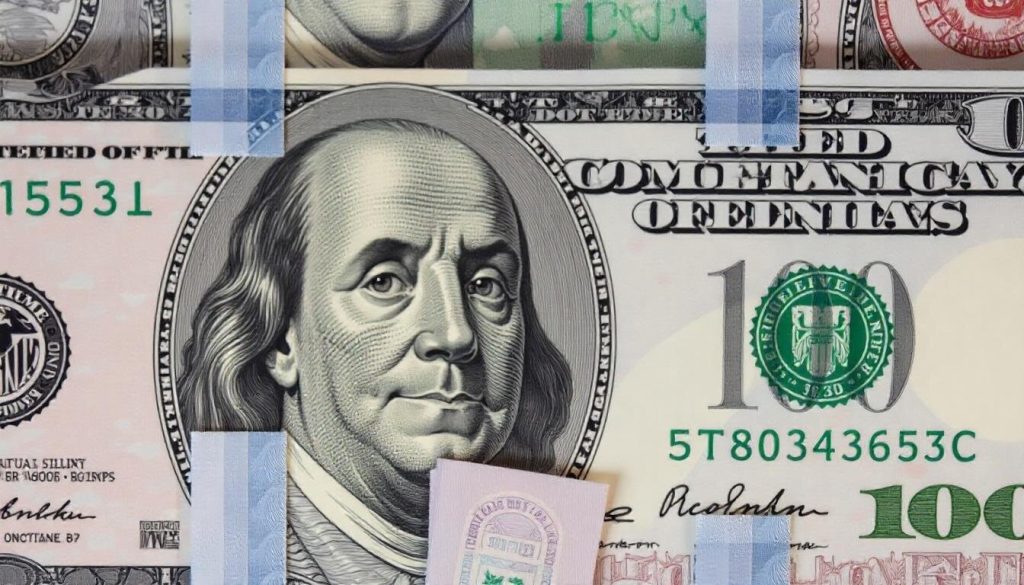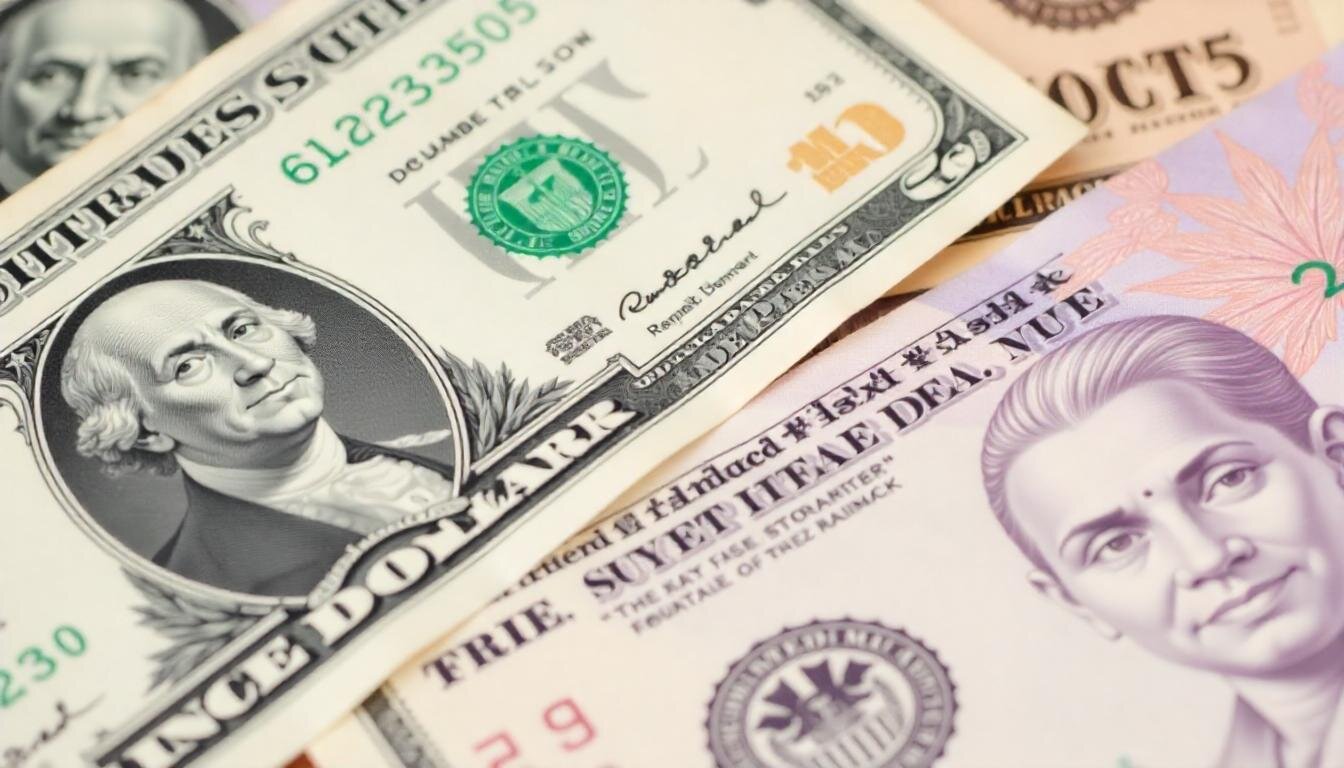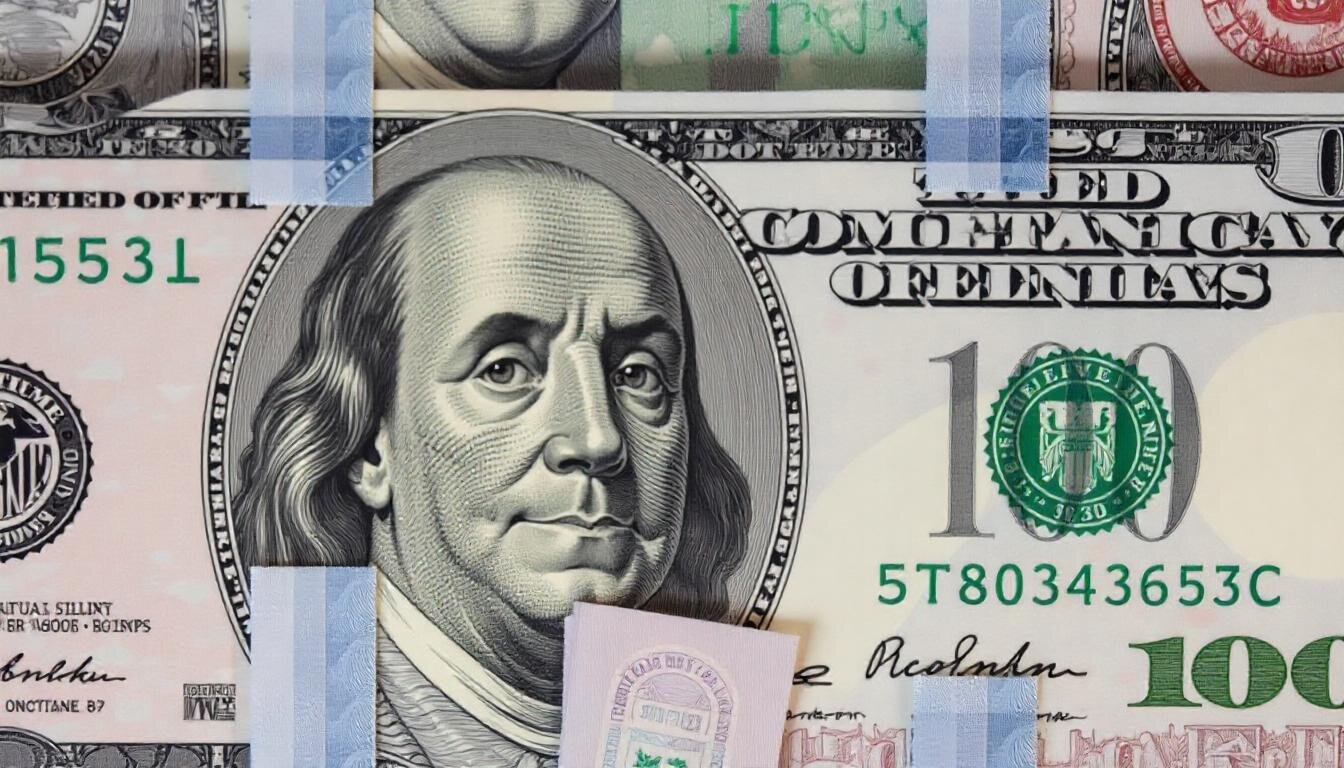1 USD to 83.1 INR Exchange Rate: Surprising Shifts and Their Economic Ripple Effects

Table of Contents

The USD-INR exchange rate serves as a crucial barometer of economic health, not just for India but also for global trade dynamics. As one of the most closely monitored currency pairs, the fluctuations in the USD-INR rate have significant implications for businesses, consumers, and policymakers alike. Recently, the exchange rate has seen some surprising shifts, reflecting the interplay of domestic and international economic factors.
In this blog, we delve into the latest trends in the USD-INR exchange rate, analyze the factors influencing these movements, and explore their broader economic impact.
The Latest on USD-INR Exchange Rate
As of December 2024, the USD-INR exchange rate hovers around 83.10 INR to 1 USD. This figure represents a slight depreciation of the rupee compared to earlier months, influenced by global and domestic pressures. The movement is driven by several factors, including the strength of the US dollar, oil price volatility, and investor sentiment in emerging markets.
What’s Driving the Latest Movements?
- US Dollar Strength
The US dollar has been bolstered by the Federal Reserve’s continued focus on inflation control. Higher interest rates in the US have attracted global capital, increasing demand for the dollar and putting downward pressure on emerging market currencies like the rupee. - Crude Oil Prices
India, a significant importer of crude oil, faces currency depreciation whenever global oil prices rise. Higher import costs widen the trade deficit, increasing the demand for USD and weakening the INR. - Global Geopolitical Tensions
Events like the Russia-Ukraine conflict and tensions in the Middle East have added to global uncertainty, prompting investors to seek safe-haven assets like the US dollar. - India’s Trade Deficit
The trade deficit has widened recently, driven by higher imports and slower export growth. This imbalance has increased the demand for dollars, contributing to the rupee’s depreciation. - Foreign Investment Trends
While foreign direct investment (FDI) inflows remain robust, foreign portfolio investors (FPIs) have shown caution due to global market volatility, affecting the demand-supply dynamics of the USD-INR pair.
Economic Impact of the Latest USD-INR Exchange Rate
1. Rising Import Costs
A weaker rupee makes imports more expensive, directly impacting essential commodities like crude oil, electronics, and industrial machinery. This, in turn, increases production costs and fuels inflation.
2. Export Boost
On the positive side, a depreciated rupee benefits exporters by making Indian goods and services more competitive in the global market. Sectors like IT, pharmaceuticals, and textiles stand to gain.
3. Increased Foreign Debt Burden
India’s external debt, denominated primarily in USD, becomes more expensive to service when the rupee weakens, straining the country’s fiscal health.
4. Impact on Investments
The stock market often reacts negatively to rupee depreciation, as foreign investors pull out funds due to exchange rate volatility. Conversely, a stable or strengthening rupee attracts FDI and boosts investor confidence.
5. Consumer Price Sensitivity
A weaker rupee affects everyday consumers, especially in terms of higher fuel and imported goods prices. This can lead to reduced purchasing power and changes in spending patterns.
What Does the Future Hold?
The trajectory of the USD-INR exchange rate will depend on several evolving factors:
- US Federal Reserve Policy: If the Fed slows its rate hikes, the dollar may lose some strength, providing relief to the rupee.
- Global Oil Prices: A stabilization or decline in oil prices would help narrow India’s trade deficit and support the rupee.
- Domestic Economic Policies: The Reserve Bank of India (RBI) will play a crucial role in stabilizing the rupee through forex interventions and monetary policies.
- Geopolitical Stability: Any easing of global tensions could reduce demand for the dollar as a safe-haven currency, benefiting the rupee.
How to Navigate USD-INR Volatility
For Businesses
- Hedging Strategies: Companies can use forward contracts and options to protect themselves against exchange rate risks.
- Cost Management: Businesses reliant on imports should explore alternative suppliers or negotiate better terms to mitigate higher costs.
For Individuals
- Travel and Education: Plan international expenses in advance and monitor exchange rates to optimize costs.
- Investments: Diversify your portfolio to include dollar-denominated assets or gold as a hedge against rupee depreciation.
For Policymakers
- Forex Reserve Management: The RBI must maintain adequate reserves to intervene effectively in the forex market.
- Encouraging Exports: Supporting export-driven industries can offset some of the negative impacts of a weaker rupee.
Opportunities Amid Challenges
Despite the challenges posed by a weaker rupee, there are opportunities to strengthen the economy:
- Boosting Export Competitiveness: A weaker rupee makes Indian goods more affordable globally, potentially driving export growth.
- Encouraging Local Production: Higher import costs can incentivize domestic production, reducing reliance on foreign goods.
- Attracting Foreign Investment: A depreciated rupee makes Indian assets attractive to foreign investors, spurring growth in sectors like infrastructure and technology.
Conclusion: USD-INR Exchange Rate – A Balancing Act
The latest USD-INR exchange rate highlights the intricate dynamics of global and domestic economies. While fluctuations can bring challenges, they also present opportunities for growth and innovation.
For businesses, consumers, and policymakers, understanding these movements is crucial to making informed decisions. As India navigates the complexities of currency dynamics, the focus must remain on fostering resilience, leveraging opportunities, and ensuring long-term economic stability.
The USD-INR exchange rate is more than just a number—it’s a story of challenges, adaptation, and the potential for transformation in an ever-evolving global economy.

For more interesting stories: “Federal Reserve’s Bold Rate Cuts: Igniting Economic Growth and Shaping a Prosperous Future” 1 USD to 83.1 INR Exchange Rate: Surprising Shifts and Their Economic Ripple Effects.





